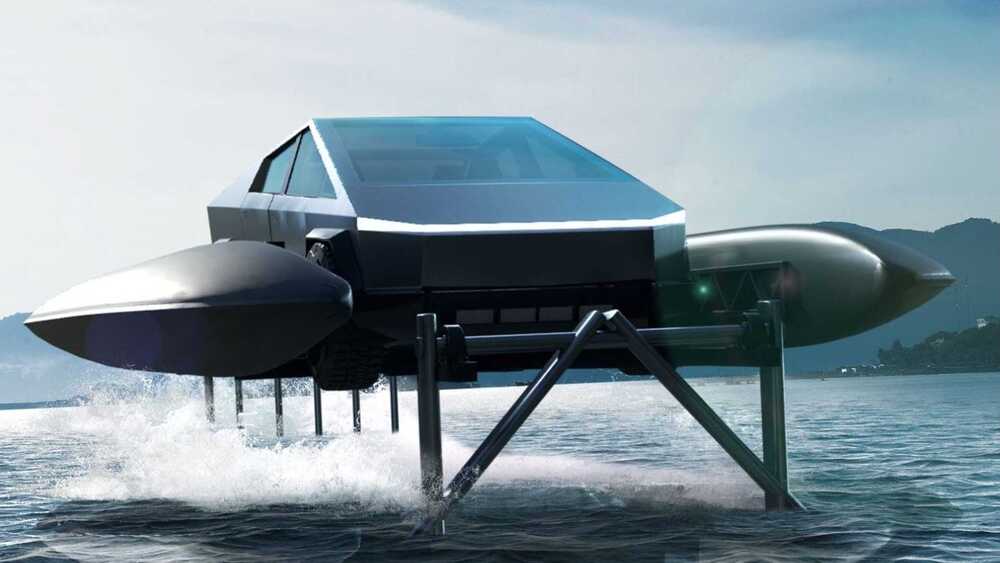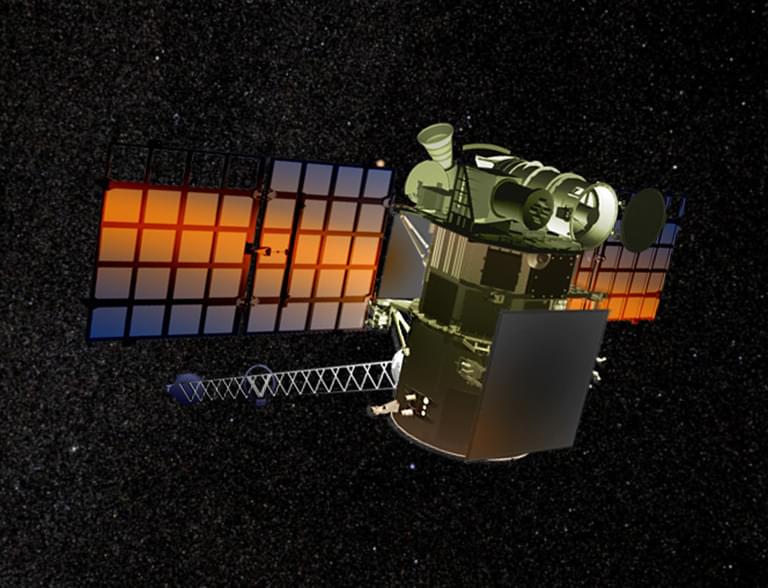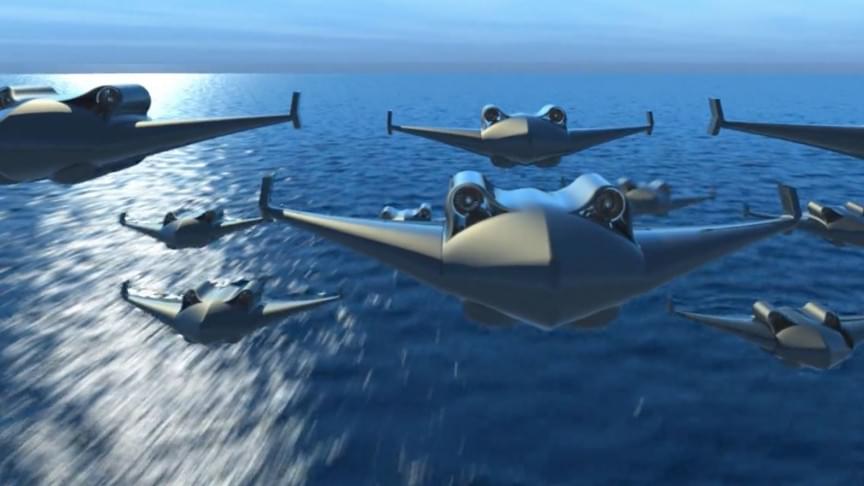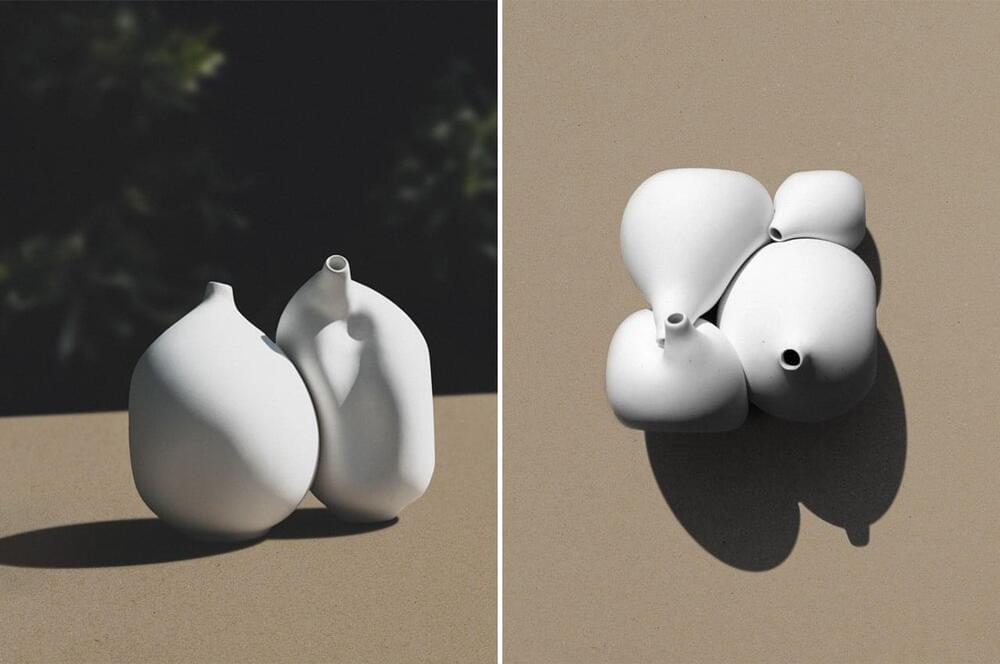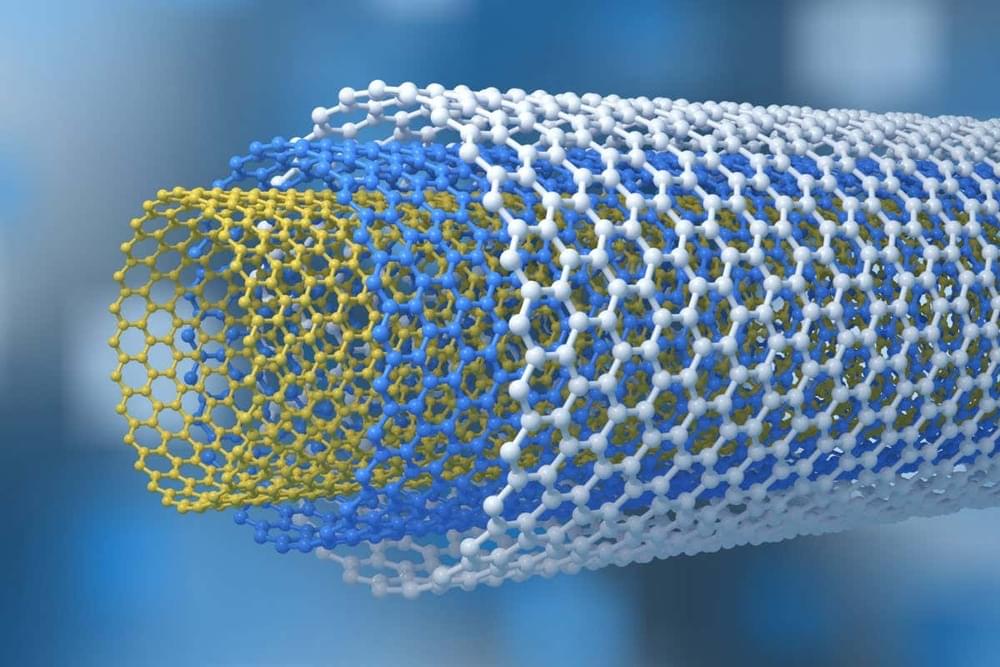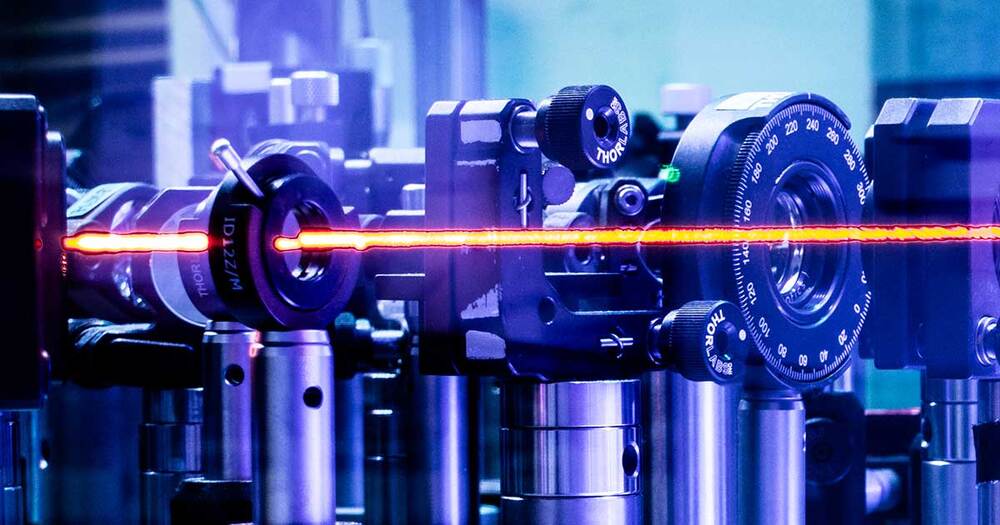Page 5600
Feb 4, 2022
Prepare For Impact! Here’s How You Can See SpaceX’s Rogue Rocket On Its Way To Smashing Into The Moon
Posted by Gemechu Taye in category: space travel
Feb 4, 2022
Valkyrie’s amphibious hybrid VTOL will reach top speeds of 700 mph
Posted by Gemechu Taye in category: transportation
Feb 4, 2022
CNC-milled porcelain vases fit together like a three-dimensional puzzle
Posted by Shubham Ghosh Roy in categories: materials, space
Ceramic Bodies is a collection of four porcelain vases that fit together like a three-dimensional puzzle.
Designer Jörg Hugo studied architecture before opening his own design studio. Calling it Studio Jörg Hugo, his work largely explores “the relationship between materiality, form, and space,” as he describes on his personal website. Relying on either digital or analog design methods and production techniques, Hugo creates timeless pieces that completely reinterpret how we interact with space and material. One of his most recent projects, Ceramic Bodies, comprises a collection of four porcelain vases that almost appear to melt into each other like a three-dimensional puzzle.
Designer: Jörg Hugo
Feb 4, 2022
Quantum friction explains strange way water flows through nanotubes
Posted by Shubham Ghosh Roy in categories: nanotechnology, quantum physics
Water flows more easily through narrower carbon nanotubes than larger ones and we have struggled to explain why. Now, one team has an answer: it may all be due to quantum friction.
Friction in its standard, classical sense is well understood by most people. The greater the degree of contact between two things moving past one another, the greater the energy needed to overcome friction. A narrow pipe has a larger wall relative to its cross-sectional area than a wider pipe, so you would expect the frictional forces experienced by water inside the smaller pipe to be proportionally greater. This means the water should flow less easily.
But carbon nanotubes don’t obey this rule. These are made of thin layers of graphite rolled into tubes just a few nanometres wide – and the narrower the diameter, the easier it is for water to flow through them.
Feb 4, 2022
Machine Learning Gets a Quantum Speedup
Posted by Shubham Ghosh Roy in categories: quantum physics, robotics/AI
Two teams have shown how quantum approaches can solve problems faster than classical computers, bringing physics and computer science closer together.
Feb 4, 2022
Meet the artist whose genetic mutation means she can see 100 times more colors than you
Posted by Genevieve Klien in categories: genetics, media & arts

Concetta Antico is the world’s most famous tetrachromat, meaning she has four types of color receptors (cone cells) in her eyes. Most of us have three types. As a result of this mutation, Antico can see around 100 million colors, 100 times more than other people. Antico is an artist and she says that her psychedelic color paintings depict what she perceives. I wonder though what her paintings look like through her eyes. From The Guardian:
According to Dr Kimberly Jameson, a University of California scientist who has studied Antico, just having the gene – which around 15% of women have – is not alone sufficient to be a tetrachromat, but it’s a necessary condition. “In Concetta’s case … one thing we believe is that because she’s been painting sort of continuously since the age of seven years old, she has really enlisted this extra potential and used it. This is how genetics works: it gives you the potential to do things and if the environment demands that you do that thing, then the genes kick in.”[…]
Feb 4, 2022
Two Developments, On Opposite Ends Of The Earth, Highlight Bitcoin’s Range Of Utility
Posted by Genevieve Klien in category: bitcoin
Currency debasement in Lebanon and cold weather in Texas demonstrate the breadth of the Bitcoin network’s utility.
Feb 4, 2022
A Publicly-Listed Bitcoin Miner Shares Expectations For Intel’s New ASIC Chip
Posted by Genevieve Klien in categories: bitcoin, computing
A representative of Hut 8 mining discusses the “extremely disruptive” introduction of a new ASIC chip from Intel.
Feb 4, 2022
MIT ocean and mechanical engineers are using advances in scientific computing to address the ocean’s many challenges, and seize its opportunities
Posted by Fyodor Rouge in category: computing
There are few environments as unforgiving as the ocean. Its unpredictable weather patterns and limitations in terms of communications have left large.
